Value Orientations of Student Youth as a Factor of Psychological Security in the Information Environment
Author(s)
Alexander Yu. Voronin, Assistant of the Department of Development and Educational Psychology, https://orcid.org/0000-0003-1918-1449, Dorzhi Banzarov Buryat State University
24a Smolin St, Republic of Buryatia, Ulan-Ude, Russia, 670000, tel.: +7 (924) 3530428, This email address is being protected from spambots. You need JavaScript enabled to view it.
Abstract. Introduction. The paper addresses the influence of modern mass media on the young audience and analyzes the main negative consequences of this influence. The research aims to examine the value orientations of student youth as a factor of psychological security in the information environment.
Materials and methods. The empirical research applied quantitative and qualitative methods. The methods employed in the study are questionnaire-based survey, Schwartz Value Survey, and Sacks Sentence Completion Test. Statistical processing of the data obtained relied on the Fisher’s Angular Transform – the φ * criterion.
Research results. The research identified two main types of motivation for the use of the media by students. The respondents were divided into two groups based on the predominance of one motivation type or another. The value orientations of representatives of two groups were studied. A definite difference was revealed in strategies for overcoming psychological discomfort in respondents with different motivations for using the media and different value orientations.
Conclusion. The data obtained in this research allow studying value orientations as a factor of informational and psychological security of a person.
Keywords: information and psychological security, value orientations of an individual, student youth, mass media, Information society, the Internet, TV, radio
For citation: Voronin A. Yu. Value Orientations of Student Youth as a Factor of Psychological Security in the Information Environment. Pedagogicheskiy IMIDZH = Pedagogical IMAGE. 2021; 15(4): 522-535. (In Russ.). DOI: 10.32343/2409-5052-2021-15-4-522-535
UDС: 377+351.74:94(571.53)
https://doi.org/10.32343/2409-5052-2021-15-4-522-535






